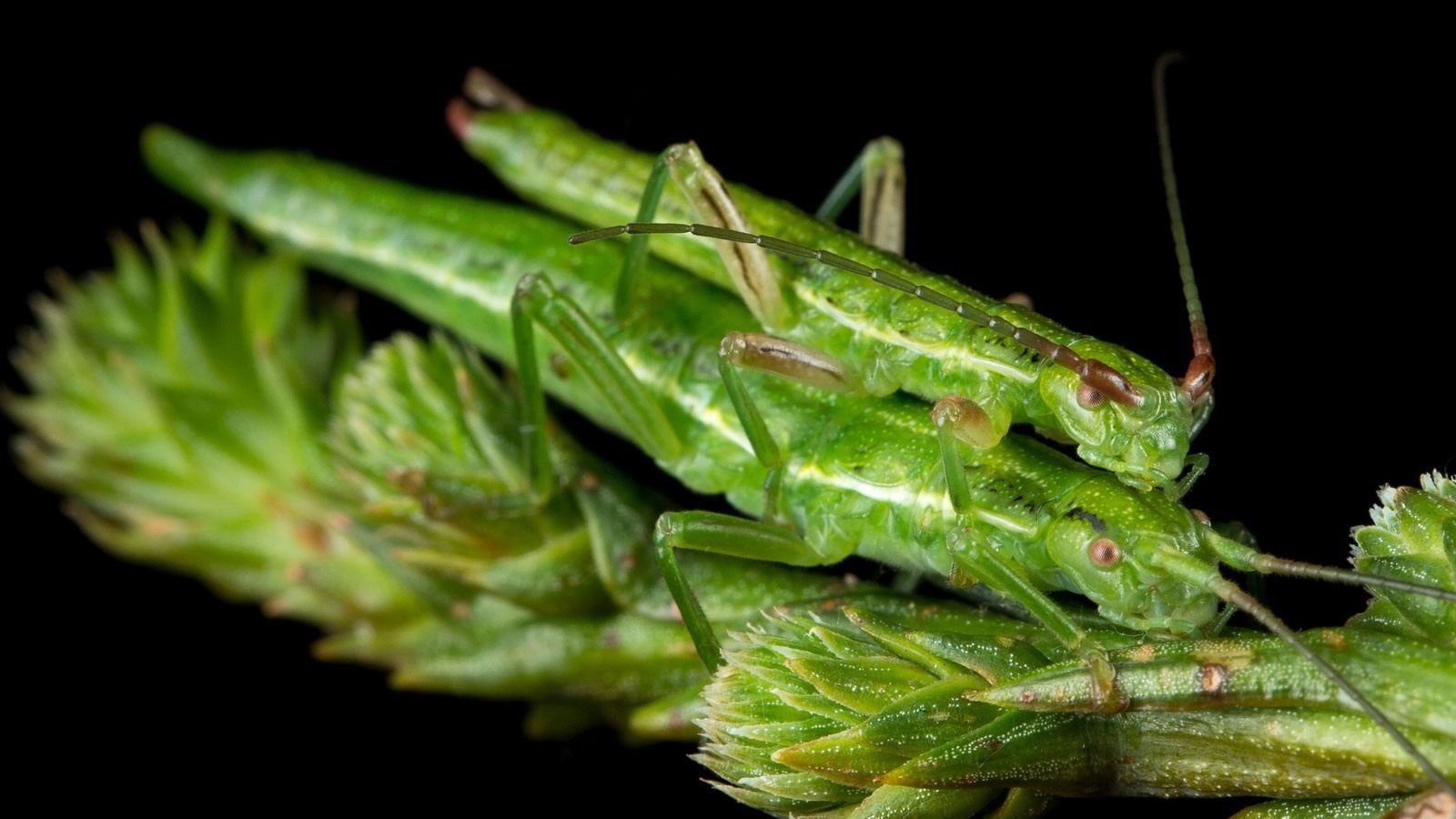Reviewed by Danielle Ellis, B.Sc.Jun 13 2023
Zachariah Gompert, an evolutionary geneticist at Utah State University, stated that genetic diversity is the ultimate source of energy for evolution. However, over ages, natural selection, and haphazard genetic drift decrease that fuel source.
 Stick insects, Timema knulli, on a Redwood tree branch. USU geneticist Zach Gompert and colleagues studied chromosomal inversion in the species and report findings in the June 12, 2023, online edition of PNAS. Image Credit: Moritz Muschick
Stick insects, Timema knulli, on a Redwood tree branch. USU geneticist Zach Gompert and colleagues studied chromosomal inversion in the species and report findings in the June 12, 2023, online edition of PNAS. Image Credit: Moritz Muschick
It is still unclear to scientists if or how genetic variation can endure throughout time. The results of this investigation by Gompert and associates from the University of Notre Dame, the John Innes Centre in the UK, the National Autonomous University of Mexico, Querétaro, and the University of Nevada, Reno, are published in the Proceedings of the National Academy of Sciences’ online edition from June 12th, 2023.
A CAREER Award from the National Science Foundation that Gompert earned in 2019 as well as funding from the European Research Council helped to fund the study.
We examined how you maintain genetic variation in a species, and how such variation impacts adaptation.”
Zach Gompert, Associate Professor, Department of Biology, Utah State University
The scientists researched stick insects (genus Timema), which eat a wide range of plants, for the study.
Gompert added, “There are more than a dozen species of Timema in western North America and they are generalists that can eat many types of plants. But one species, Timema knulli, feeds and thrives on Redwood trees, which is one of the only plants that other Timema species can’t thrive on as well or at all.”
Chromosomal inversion, or a change in the genome's structure, appears to be the reason T. knulli is able to do this. According to Gompert, a chromosomal inversion happens when two breaks in a chromosome are followed by a 180-degree turn of the segment and reinsertion at the original breakpoints.
This is different from a gene mutation, which is a change in the DNA sequence.
“With an inversion, big chunks—in this case, 30 million DNA bases—of the chromosome get flipped backwards,” Gompert stated.
Moreover, the team discovered that this inversion in T. knulli is ancient.
Gompert further stated, “We think it occurred about 7.5 million years ago. And the cool thing is, T. Knulli populations still carry both versions of the alleles—the one for feeding and thriving on Redwoods as a host plant, and the original one that increases survival on the ancestral host plant—a flowering plant—and may be especially favorable in the heterozygous form.”
He contended that the longevity of the new and ancestral chromosomal variants or polymorphism among migrating populations of stick insects is influenced by environmental heterogeneity and gene exchange, which could provide the organisms an advantage in a changing environment by enabling maintained evolution and adaptation.
Gompert concluded, “Rather than being a detriment, the complexity of evolutionary processes affecting this inversion provides resilience against the loss of genetic variation, and may foster long-term survival.”